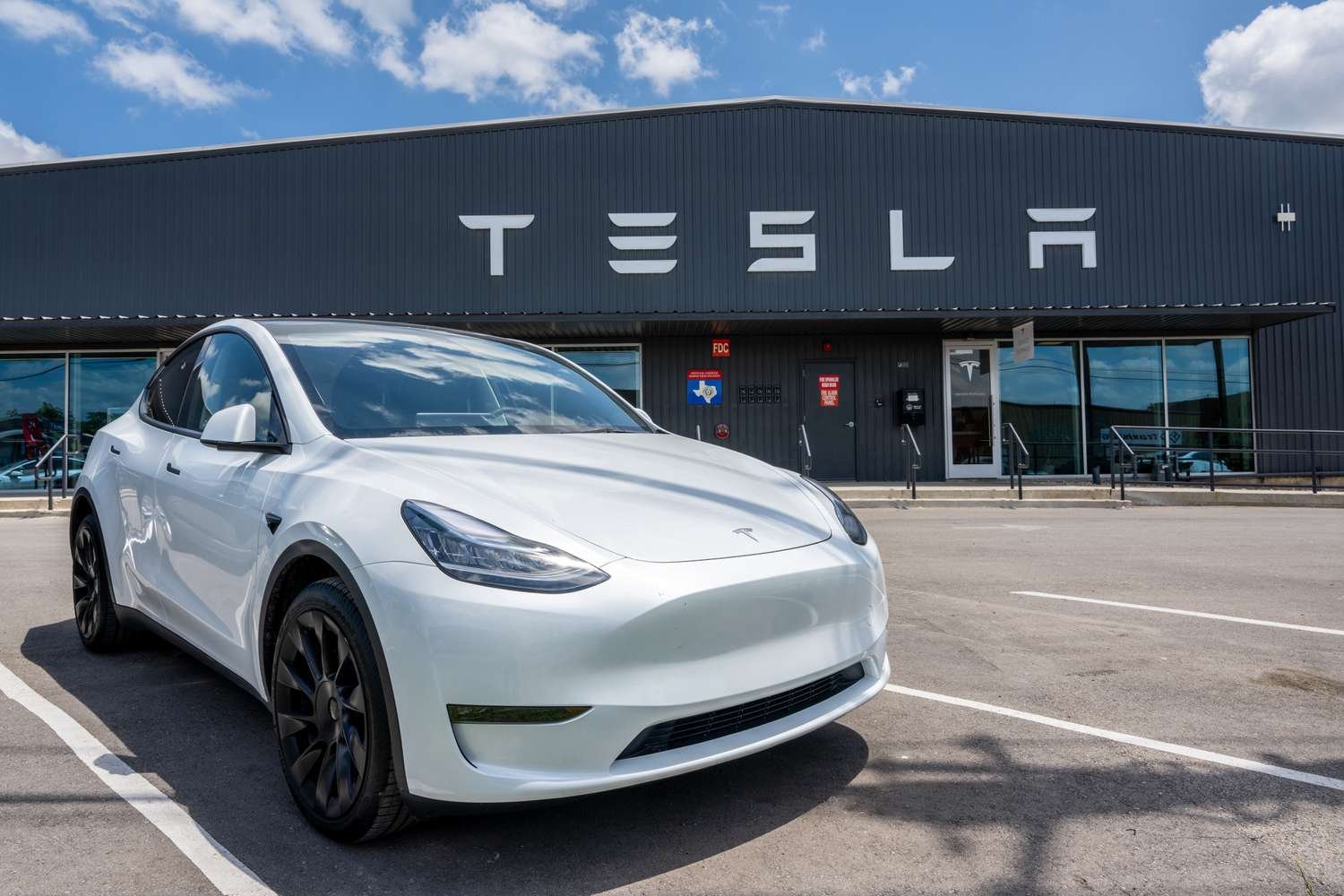
Introduction
Tesla, Inc., founded in 2003 by Martin Eberhard and Marc Tarpenning, has become one of the most revolutionary companies in the automotive and energy sectors. Under the leadership of Elon Musk, who joined the company shortly after its inception, Tesla has transformed from a niche electric vehicle (EV) manufacturer to a leader in sustainable energy solutions. This case study explores Tesla’s business model, its strategies for innovation and growth, and the challenges it has faced.
Business Model
Tesla’s business model is built on several key pillars:
- Vertical Integration: Unlike traditional automakers, Tesla controls much of its supply chain, from manufacturing to sales. This includes operating its own stores and service centers, as well as developing its own software and batteries.
- Innovation in Product Development: Tesla focuses on developing high-performance electric vehicles with cutting-edge technology. This includes advanced battery technology, autonomous driving capabilities, and over-the-air software updates.
- Sustainable Energy Solutions: Beyond automobiles, Tesla is heavily invested in energy solutions, including solar energy products and energy storage solutions through products like Solar Roof, Powerwall, and Powerpack.
- Direct Sales Model: Tesla sells its vehicles directly to consumers, bypassing the traditional dealership model. This allows for greater control over the customer experience and reduces costs.
Growth Strategies
Tesla’s growth strategy revolves around continuous innovation, market expansion, and scalability. Key strategies include:
- Product Diversification: Tesla started with the high-end Roadster and expanded its product line to include the Model S, Model X, Model 3, and Model Y, catering to different market segments.
- Gigafactories: To meet the growing demand for batteries and vehicles, Tesla has built Gigafactories around the world. These large-scale facilities help reduce production costs and increase output.
- Global Expansion: Tesla has expanded its market presence globally, particularly in China and Europe, by establishing manufacturing plants and sales networks.
- Technology Leadership: Tesla continues to invest heavily in research and development, particularly in battery technology and autonomous driving. This focus on technology helps Tesla maintain a competitive edge.
Challenges
Despite its successes, Tesla has faced numerous challenges:
- Production and Quality Issues: Rapid scaling of production has led to quality control issues and production delays. For instance, the Model 3’s production faced significant bottlenecks that affected delivery timelines.
- Financial Volatility: Tesla’s financial performance has been volatile, with periods of significant losses. However, it has achieved profitability in recent years, largely due to increased vehicle sales and regulatory credits.
- Regulatory and Market Risks: Tesla operates in a highly regulated industry and faces risks related to changes in environmental policies, trade tariffs, and competition from established automakers and new entrants in the EV market.
- Public Perception and Leadership: Elon Musk’s public statements and actions have sometimes attracted controversy, affecting Tesla’s stock price and public perception.
Impact and Future Outlook
Tesla has significantly impacted the automotive industry by accelerating the adoption of electric vehicles and setting new standards for sustainability and technology. Its focus on renewable energy solutions and innovations in battery storage also contribute to a broader impact on the energy sector.
Looking ahead, Tesla’s future depends on its ability to maintain its technological edge, expand production capacity, and navigate the complex regulatory and competitive landscape. The success of upcoming models, continued innovation in autonomous driving, and expansion into new markets will be critical to sustaining its growth.
Conclusion
Tesla, Inc. is a prime example of how innovative business models and relentless focus on technology can disrupt traditional industries. Through its direct sales approach, vertical integration, and continuous innovation, Tesla has carved out a significant position in the global automotive and energy markets. However, it must continue to address production challenges, financial stability, and competitive pressures to maintain its trajectory of success.

